Affiliate Disclosure: I earn commissions if you shop through the links below at no additional cost to you.
Last Updated on April 7, 2024 by Jeremy
Introduction to Towing a Fifth Wheel with a Short Bed Truck
Hey there, fellow road warrior! So, you’re considering hitching up and towing a fifth wheel with a short bed truck, huh? Buckle up, because we’re diving into the ins and outs of towing with style and safety. Towing a fifth wheel with a short bed truck comes with its own set of challenges and perks, but fear not, we’re here to guide you through it all.
First off, let’s talk about why this setup is both exhilarating and unique. Maneuvering a fifth wheel with a short bed truck requires a keen understanding of proper equipment and techniques. From choosing the right hitch to mastering safe turns, we’ll cover it all. And of course, safety is paramount not just for you but for everyone sharing the road. So, let’s hit the highway armed with knowledge and ready for adventure!
- Understanding the unique challenges and advantages: Maneuverability and versatility are the names of the game when towing a fifth wheel with a short bed truck. While the shorter wheelbase might seem like a limitation, it offers enhanced maneuverability, especially in tight spots.
- Importance of proper equipment and techniques: From the hitch to your driving techniques, every aspect of towing requires careful consideration. Investing in the right gear and mastering the proper techniques can make all the difference in ensuring a smooth and safe journey.
- Safety considerations for you and other road users: Safety always comes first. Being mindful of weight distribution, adhering to towing capacity limits, and staying alert on the road are essential for the well-being of everyone on your adventure path.
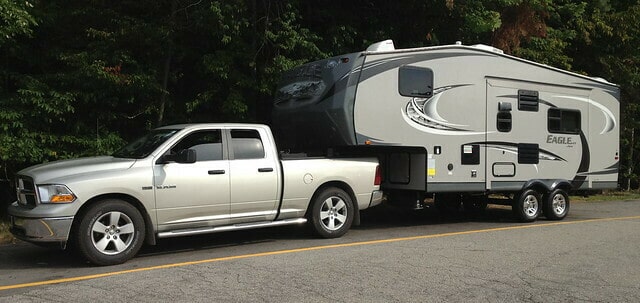
Assessing Your Short Bed Truck’s Towing Capabilities
When it comes to wanting to tow a fifth wheel with a short bed truck, knowing your vehicle’s capabilities is crucial for a safe and enjoyable journey. Let’s break down the assessment process into simple steps:
1) Identifying your truck’s towing capacity and limitations: Start by consulting your truck’s owner’s manual or contacting the manufacturer to determine its towing capacity. This figure represents the maximum weight your truck can safely tow without exceeding its limits.
Alternatively, using the Gross Vehicle Weight (GVW) stickers located inside the driver’s side door is another effective method for determining your truck’s towing capacity. Here’s how you can utilize this method:
- Locate the GVW sticker: Open the driver’s side door of your truck and look for a sticker typically located on the door frame or door jamb. This sticker contains important information about your vehicle, including its GVW rating.
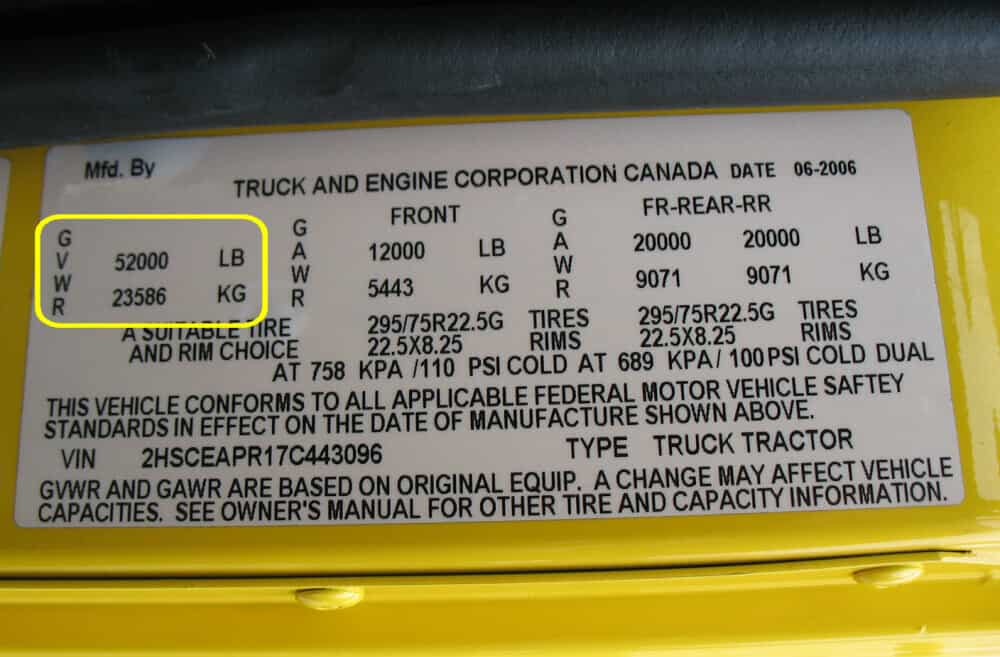
- Identify the towing capacity: On the GVW sticker, you’ll find various weight ratings, including Gross Vehicle Weight Rating (GVWR), Gross Axle Weight Rating (GAWR), and sometimes Gross Combined Weight Rating (GCWR). The GCWR is particularly relevant for towing as it represents the maximum allowable weight of your fully loaded truck and trailer combined.
- Calculate the towing capacity: To determine your truck’s towing capacity using the GVW sticker, subtract the truck’s curb weight (the weight of the truck without any cargo or passengers) from the GCWR. The resulting figure represents the maximum weight your truck can tow safely.
Example: Suppose your truck has a GCWR of 15,000 pounds and a curb weight of 6,000 pounds. Subtracting the curb weight from the GCWR gives you a towing capacity of 9,000 pounds.
Consider additional factors: While the towing capacity calculated using the GVW sticker provides a baseline, it’s essential to consider other factors that may affect towing performance, such as engine power, transmission type, and suspension components. Consult your vehicle’s owner’s manual or manufacturer specifications for comprehensive towing guidelines.
By utilizing the information provided on the GVW sticker, you can accurately determine your truck’s towing capacity and ensure that you stay within safe limits while towing your fifth wheel trailer.
2) The role of the truck’s wheelbase in towing a fifth wheel: The wheelbase, or the distance between the front and rear axles of your truck, influences its stability and handling while towing. Short bed trucks typically have a shorter wheelbase, which can affect maneuverability.
Example: A shorter wheelbase allows for tighter turns, making it easier to navigate through narrow spaces like campgrounds or parking lots. However, it also means there’s less distance between the truck’s cab and the trailer, increasing the risk of jackknifing during sharp turns.

3) Ensuring compatibility between the truck and fifth wheel hitch: Your truck’s bed size and towing capacity will determine the type of hitch you need for your fifth wheel trailer. Consider factors such as hitch weight ratings and compatibility with your truck’s bed style (e.g., short bed, long bed).
Example: If you have a short bed truck, you’ll likely need a sliding fifth wheel hitch to accommodate the shorter distance between the cab and the trailer. This allows for additional clearance during tight turns, reducing the risk of contact between the trailer and truck.
By following these steps and considering factors like towing capacity, wheelbase, and hitch compatibility, you can accurately assess your short bed truck’s towing capabilities and ensure a safe towing experience.
The Role of Fifth Wheel Hitches in Secure Towing
Choosing the right fifth wheel hitch is essential for ensuring a secure and stable towing experience with your short bed truck. Let’s explore the role of fifth wheel hitches and how to select the best option for your setup:
Different types of fifth wheel hitches for short bed trucks: There are several types of fifth wheel hitches designed specifically for short bed trucks, each offering unique features and benefits.
Common options include:
- Sliding hitches: These hitches feature a sliding mechanism that allows the hitch to move back and forth, providing additional clearance between the truck’s cab and the trailer during sharp turns.
- Fixed hitches: Fixed hitches are stationary and do not offer the sliding functionality of sliding hitches. They are typically more affordable and straightforward to install but may require careful maneuvering during tight turns.
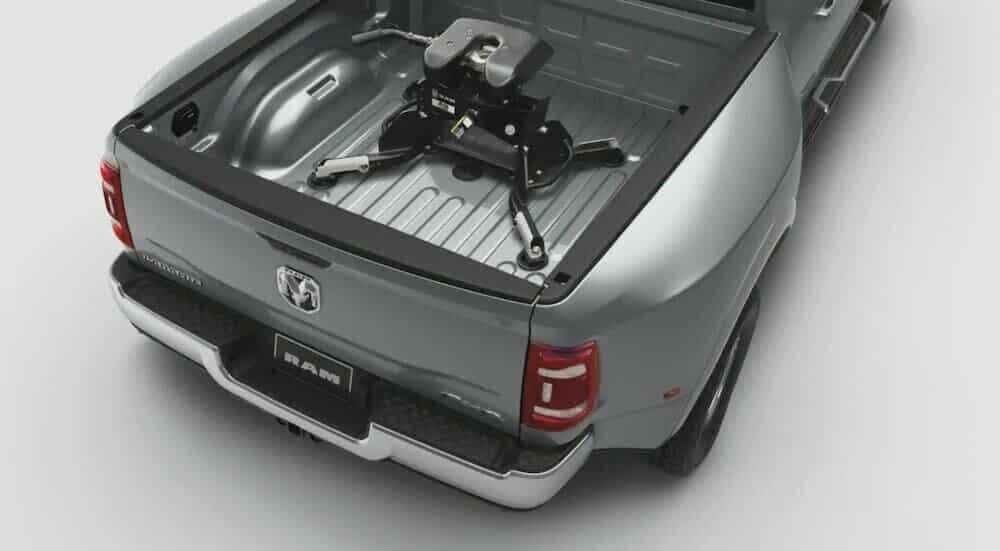
How to choose the right hitch for your vehicle and trailer: When selecting a fifth wheel hitch for your short bed truck, consider the following factors:
- Towing capacity: Ensure that the hitch you choose is rated to handle the weight of your fifth wheel trailer, including its cargo and passengers.
- Bed size compatibility: Verify that the hitch is compatible with your truck’s bed size, whether it’s a short bed or long bed configuration.
- Maneuverability: Opt for a sliding hitch if you anticipate making tight turns or navigating through confined spaces frequently.
- Quality and durability: Invest in a high-quality hitch from a reputable manufacturer to ensure reliability and longevity.
Installation tips for maximum safety and maneuverability: Proper installation is critical for the performance and safety of your fifth wheel hitch. Follow these installation tips for optimal results:
- Read the instructions: Carefully review the manufacturer’s installation instructions before starting the installation process.
- Use proper hardware: Ensure that you use the correct hardware and fasteners provided by the manufacturer to secure the hitch to your truck’s bed.
- Verify alignment: Double-check the alignment of the hitch and ensure that it is level and securely mounted to your truck.
- Test functionality: After installation, test the sliding mechanism (if applicable) to ensure smooth operation and adequate clearance during turns.
By selecting the right fifth wheel hitch for your short bed truck and following proper installation procedures, you can enhance safety and maneuverability while towing your fifth wheel trailer.
Maneuvering a Fifth Wheel with a Short Bed Truck: Tips and Tricks
Now that you have your short bed truck equipped with the right hitch, it’s time to master the art of maneuvering your fifth wheel trailer like a pro. Here are some practical tips and tricks to help you navigate with confidence:
1) Techniques for safe turning and reversing: Tackling turns and reverse maneuvers can be intimidating, but with the right techniques, you’ll navigate them like a seasoned RVer:
Wide turns: When making turns, swing wide to give your trailer ample space to follow without encroaching on adjacent lanes or obstacles.
Use your mirrors: Rely on your side mirrors to monitor the position of your trailer and adjust your steering accordingly.
Go slow: Take it slow and steady, especially when navigating tight turns or backing into campsites. Rushing increases the risk of accidents and damage to your rig.
Check out this video titled “Solutions for Fifth Wheel Towing with a Short Bed Pickup Truck” for additional insights and expert advice on safe towing practices.
2) Understanding the pivot point in short beds: Short bed trucks have a tighter turning radius, which means the pivot point—the point at which the trailer pivots around the truck—can be closer to the cab. Keep this in mind when making sharp turns to avoid contact between the trailer and truck:
Watch your angles: Be mindful of the angle between your truck and trailer during turns. Sharp angles increase the risk of jackknifing, especially in short bed configurations.
Plan your route: Anticipate tight turns and plan your route accordingly to avoid situations where you need to make extreme maneuvers.
3) Avoiding common mistakes and accidents: Even experienced RVers can fall victim to common towing pitfalls. Stay vigilant and steer clear of these common mistakes:
Overcorrecting: Avoid overcorrecting when backing up or making corrections while driving. Small, deliberate adjustments are key to maintaining control.
Forgetting about height clearance: Keep an eye on overhead clearance when driving under bridges, overpasses, or through tunnels. Remember that your fifth wheel trailer adds height to your overall rig.
Ignoring weight distribution: Proper weight distribution is crucial for stability and control while towing. Ensure that your cargo is evenly distributed and within your truck’s weight limits.
By mastering these maneuvering techniques and staying vigilant on the road, you’ll navigate your fifth wheel with confidence and ease, whether you’re cruising down the highway or backing into your favorite campsite spot.
Accessories and Modifications to Enhance Towing Performance
Enhancing your towing setup with the right accessories and modifications can take your towing experience to the next level. Here’s a look at some essential add-ons and upgrades to consider:
Investing in sway control systems: Sway control systems help minimize trailer sway caused by factors like wind gusts, passing vehicles, or uneven road surfaces. Whether it’s a weight distribution hitch with built-in sway control or a standalone sway control device, this accessory enhances stability and safety while towing.
Considering brake controllers: Brake controllers are essential for ensuring smooth and controlled braking while towing. They allow you to adjust the braking force applied to the trailer independently of the truck, preventing skidding and reducing wear on your vehicle’s brakes.
Exploring suspension upgrades: Upgrading your truck’s suspension can significantly improve ride comfort and handling while towing. Consider options like air springs or heavy-duty shocks to minimize bounce and sway, especially when towing heavy loads or traveling over rough terrain.
Customizing for specific towing needs: Sometimes, off-the-shelf solutions just won’t cut it. Custom modifications, such as reinforced hitches or upgraded axles, can address specific challenges and optimize performance for your unique towing setup. Whether it’s adding extra clearance for off-road adventures or reinforcing weak points for heavy-duty towing, custom modifications can tailor your rig to your exact specifications.
By incorporating these accessories and modifications into your towing setup, you’ll enjoy a smoother, safer, and more enjoyable towing experience, whether you’re hitting the open road or embarking on off-grid adventures.
Legal and Maintenance Considerations for Fifth Wheel Towing
Before you hit the road with your fifth wheel in tow, it’s essential to consider the legal and maintenance aspects of towing. Here’s what you need to know to stay safe and compliant:
Staying abreast of towing laws and regulations: Towing laws can vary from state to state and country to country, so it’s crucial to familiarize yourself with the rules of the road wherever your adventures take you. From weight limits to licensing requirements, ignorance is not bliss when it comes to towing. Stay informed and ensure that you’re operating within the law at all times.
Routine checks and maintenance: A checklist for your towing vehicle Regular maintenance is the key to preventing breakdowns and ensuring a safe journey. Develop a comprehensive checklist for inspecting your towing vehicle before each trip, covering everything from tires to brakes to lights. By performing regular checks and addressing any issues promptly, you’ll minimize the risk of mechanical failures on the road.
Planning for the long haul: Your towing setup is a valuable investment, so it pays to take good care of it. Schedule regular service appointments, address any issues promptly, and invest in preventative maintenance to keep your rig running smoothly for years to come. Whether it’s upgrading to a fifth wheel tailgate for easier access to your truck bed or installing a backup camera for added safety, investing in your rig’s maintenance and upgrades is an investment in your peace of mind on the road.
By staying informed, maintaining your vehicle diligently, and investing in quality upgrades and accessories, you’ll enjoy a safe, comfortable, and stress-free towing experience with your fifth wheel and short bed truck. So, what are you waiting for?
Leave a comment a below if you enjoyed this article, and share it with your friends! Or, simply leave a message or have a chat.
Cheers!
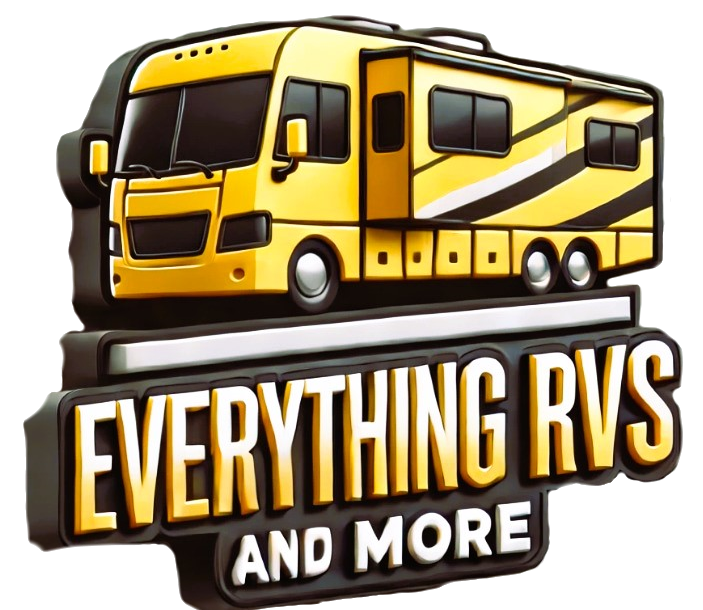

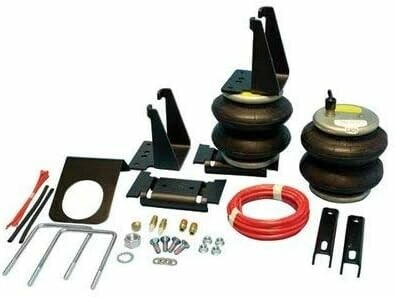

.jpg/:/cr=t:5.56%25,l:0%25,w:100%25,h:88.89%25/rs=w:1240,h:620,cg:true)


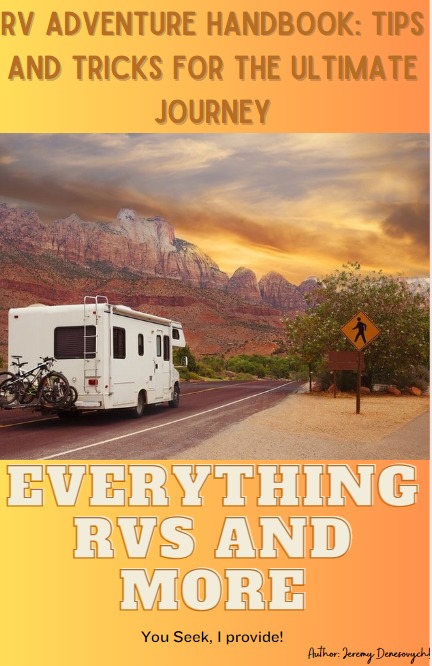
Leave a Reply